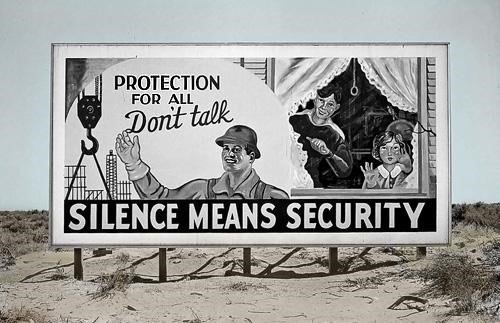On August 6, 1945, a Boeing B-29 named the Enola Gay dropped an atomic bomb over Hiroshima, Japan, killing tens of thousands of people and vaporizing an area of four square miles. Three days later, another B-29 detonated a similar device over Nagasaki, and the residents of Richland in Benton County finally learned the truth about what they were producing — key atom-bomb components, including the plutonium used in the Nagasaki bomb came from Hanford.
Two and a half years earlier, thousands of Richland area residents were stunned to receive registered letters informing them of the condemnation of their homes and farms for undisclosed military purposes. Most were ordered to evacuate within 30 days so construction could begin on the massive Hanford Engineer Works, located on 625 square miles of land along the Columbia River.
In a very short time, tens of thousands of workers built more than 500 structures, including three reactors, chemical-separation buildings, fuel-fabrication facilities, laboratories, offices, and underground high-level waste-storage tanks. They constructed 386 miles of automobile road, 158 miles of railroad, 50 miles of power lines and four substations, and hundreds of miles of fencing. A “government city” was built to house 17,500 people, most of whom had no idea exactly what it was they were building until the bombs fell in Japan, bringing a quick end to World War II.
After the war, Richland continued to boom as the Cold War heated up. By 1950 the population had mushroomed to almost 22,000, but the federal city was still not independent. It wasn’t until 1958 that residents voted to incorporate as a first-class city. The community has since diversified into a variety of other industries, and the Hanford Site has been designated as part of the Manhattan Project National Historical Park, along with other sites in Oak Ridge, Tennessee, and Los Alamos, New Mexico.
Reprinted from historylink.org

